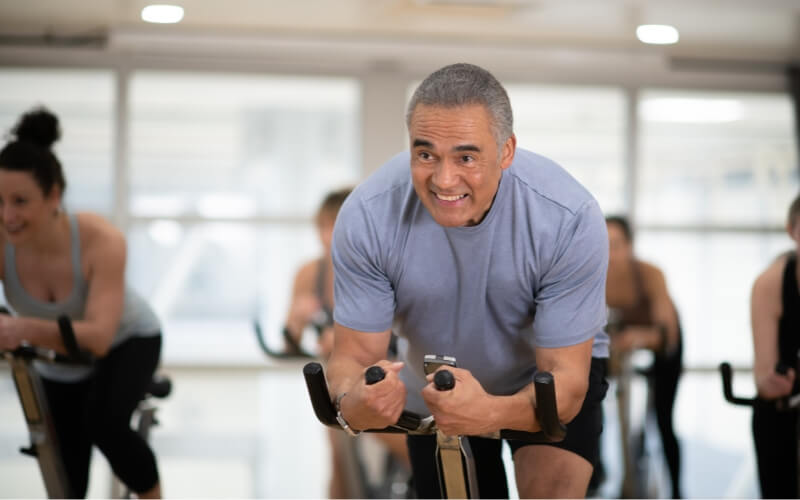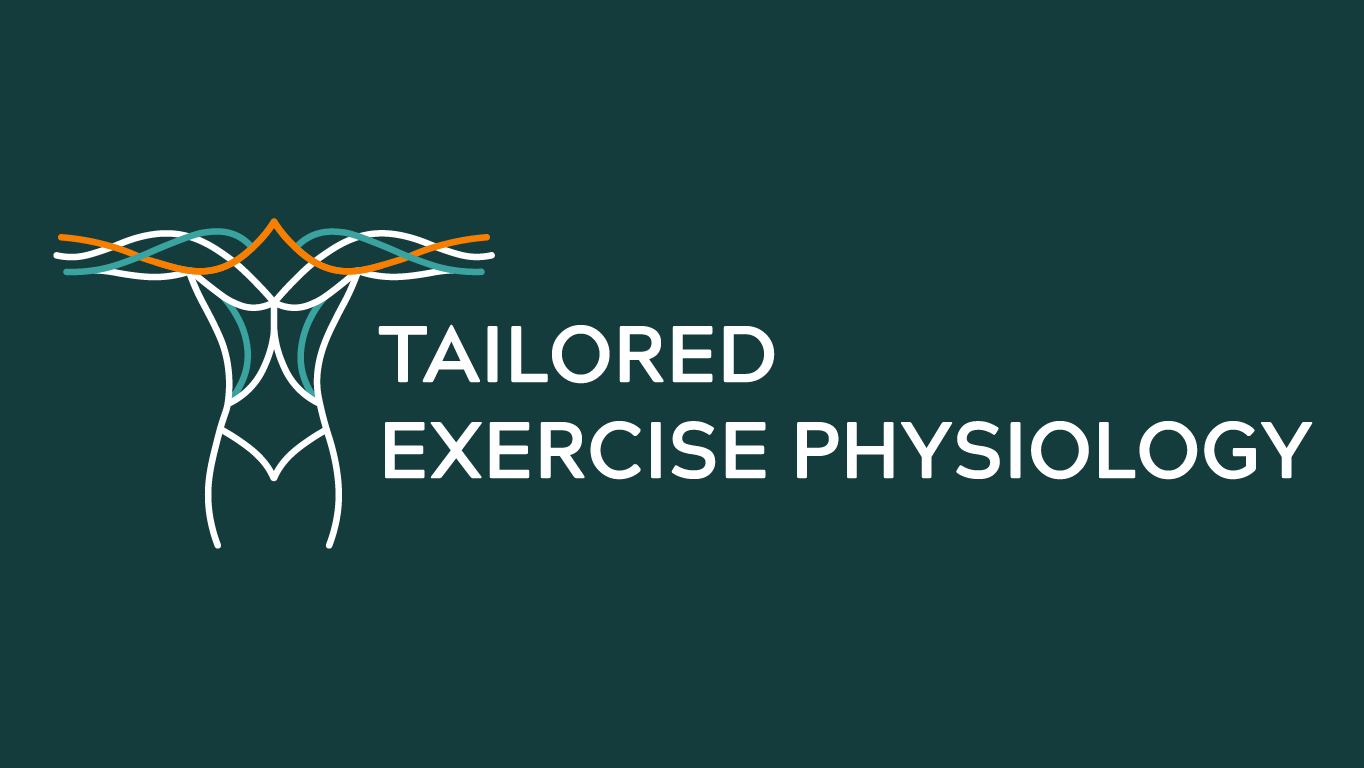Why knee strengthening exercises can help your knee pain
Knee osteoarthritis (OA) is a condition that many encounter with age, characterised by the gradual breakdown or ‘wear and tear’ of cartilage in the knee joint.
Knee osteoarthritis can manifest as stiffness, swelling, and discomfort, and is most prevalent in over 65-year-olds.
The OA Treatment Pyramid: How do we approach knee osteoarthritis?
Managing knee osteoarthritis includes a range of approaches that address your strength, weight, and pain.
It is typically agreed that education, exercise, and weight control remain the primary treatment, whilst pharmacological pain relief and passive treatment such as massage may be used in conjunction. These strategies can significantly improve symptoms and overall joint health.
Finally, surgery is applicable in more progressive cases where other treatment strategies were unsuccessful.

Why knee strengthening exercises matter in the management of knee osteoarthritis.
Contrary to misconceptions that exercise exacerbates joint pain, regular physical activity is considered first line treatment in those diagnosed with knee osteoarthritis.
Knee strengthening exercises are essential for joint movement, strengthening supporting muscles, and promoting blood flow.
Furthermore, osteoarthritis knee exercises help manage weight, reducing the load on the knees and minimising disease progression. Studies indicate that 3-5kg of fat loss can relieve pain by 5%, with further improvements with more weight loss.
Incorporating low-impact knee strengthening exercises such as swimming and cycling are effective strategies for targeting joint movement and pains associated with knee OA.
Additionally, lower-limb strength and neuromuscular provide crucial support to the knee joint by improving stability and ability to perform daily tasks.

Seek advice from your Exercise Physiologist about exercises for knee pain
While the benefits of osteoarthritis knee exercises are well-established, navigating the process alone can be challenging.
Factors such as exercise type, dose and intensity can influence the effectiveness of rehabilitation. Exercise physiologists possess the expertise to tailor exercise regimes to your individual needs and limitations, whilst considering other comorbidities.
Additionally, they provide education on proper technique, pacing, and progression.

Final Words:
In conclusion, exercises for knee pain is considered a first line treatment for individuals with knee osteoarthritis.
By embracing regular physical activity under the guidance of exercise physiologists, individuals can manage their mobility, reduce pain, and enhance their overall quality of life.
Contact Tailored Exercise Physiology for advice on how exercise will help you manage your knee osteoarthritis.


